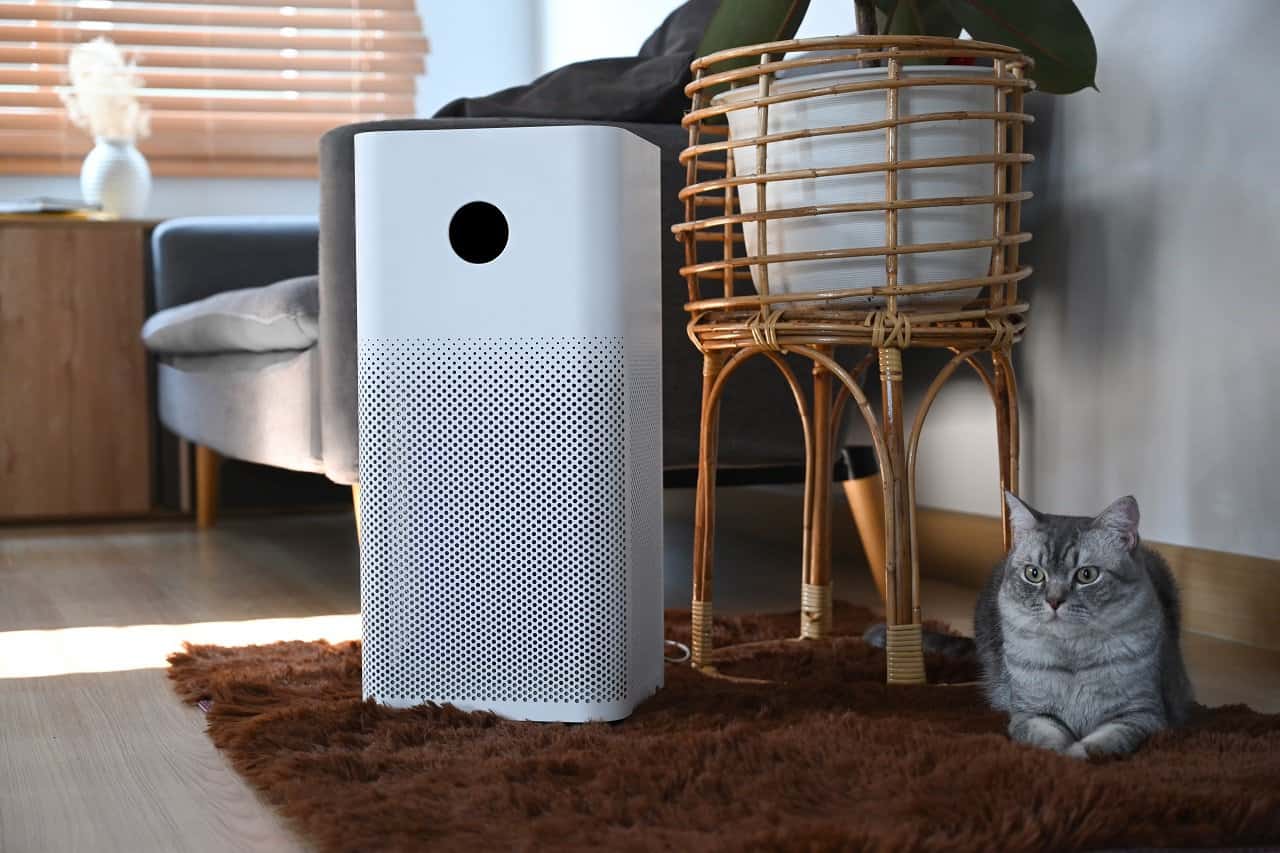
Breathing clean air is vital for good health, especially at home where we spend so much time. Indoor air quality can often be poorer than we realize due to dust, allergens, and pollutants. These unseen invaders can lead to health issues like allergies and breathing troubles.
To tackle these problems, efficient air purification systems come in handy. They filter out unwanted particles, making the air in your home fresher and safer to breathe. Choosing the right system isn’t just about technology but understanding what fits best with your specific needs and living space.
With various purification systems available, knowing the differences and benefits can guide your decision. This blog will delve into the types of systems and how they can help improve your home’s air quality. It’s time to discover how to make the air in your home as clean and healthy as possible.
Understanding Air Quality Issues
Indoor air quality problems arise from various sources. Common culprits include dust, pet dander, mold spores, and pollen. These particles can easily float through the air, unnoticed, until they start affecting your health. Household items like carpets, furniture, and even cleaning supplies can also release volatile organic compounds (VOCs) into the air. These VOCs contribute to poor indoor air quality and can be harmful over time.
Other pollutants, such as smoke from cooking or tobacco, and chemicals from synthetic materials, add to the mix of particles we breathe daily. Another potential source is outdoor air pollution that seeps indoors, carrying with it vehicle exhaust and industrial emissions if windows and doors aren’t sealed properly.
Exposure to poor air quality can trigger a range of health issues. Respiratory problems are common, as contaminated air irritates the lungs and airways. Those with asthma or allergies might find their symptoms worsening. Poor air quality can also lead to headaches, fatigue, and difficulty concentrating. Long-term exposure may increase the risk of more serious health consequences, making it crucial to address indoor air problems promptly for a healthier living environment.
Types of Air Purification Systems
Air purification systems are designed to tackle these indoor air quality issues effectively. There are several types of systems to consider, each with unique features to cleanse the air.
1. HEPA Filters: High-Efficiency Particulate Air (HEPA) filters capture up to 99.97% of airborne particles as small as 0.3 microns. They are excellent for removing dust, pollen, and pet dander, making them a good choice for allergy sufferers.
2. Activated Carbon Filters: These filters absorb gases and odors from smoke, chemicals, and cooking. They work by trapping volatile organic compounds in a bed of activated carbon, providing a fresher indoor environment.
3. UV Air Purifiers: Ultraviolet (UV) purifiers use UV light to kill bacteria, mold spores, and viruses. They target the DNA of these microorganisms, effectively neutralizing them and helping to prevent the spread of illness.
4. Ionic Purifiers: These systems release negative ions that cling to positive particles like dust or smoke, causing them to fall to the ground and be removed from the air you breathe.
Selecting the right purifier depends on your specific needs. Consider what pollutants you most need to combat and choose a system designed to address those issues effectively. Each type offers distinct benefits, from improved health to fresher air, ensuring that there’s a perfect fit for every home situation.
Choosing the Right Air Purification System
Selecting the perfect air purification system involves considering several factors to ensure it meets your needs and fits your home environment. First, think about the size of your space. Larger areas may require more powerful systems, or even multiple units, to effectively clean the air. Smaller rooms may be adequately served by a compact unit designed to handle less square footage.
Next, assess the specific air quality issues you’re facing. If allergens are a major concern, a system with a HEPA filter could be best. If unpleasant odors linger, prioritize an activated carbon filter to neutralize these smells. Knowing your main air quality challenges helps direct you to the right technology.
Your budget is also an essential factor in making a decision. While basic models might be more affordable, investing in a slightly higher-end system can provide greater efficiency and longer-lasting performance. Additionally, consider features like noise levels, which might impact where you place the unit, and the frequency and cost of maintenance, such as filter replacements.
Features such as adjustable fan speeds, smart connectivity, or energy-saving modes can enhance usability. Taking all these aspects into account ensures that your chosen air purification system will efficiently improve your home’s air quality.
Enhancing Air Purification Efficiency
To get the most out of your air purification system, regular maintenance and strategic placement are key. Start by following the manufacturer’s guidelines for changing or cleaning filters. Clean filters are crucial for ensuring that the system captures the maximum amount of pollutants. Ignoring filter maintenance can lead to reduced efficiency and higher energy consumption.
The placement of your air purifier also plays a vital role in its effectiveness. Position the unit in areas where you spend the most time, like living rooms or bedrooms. Avoid placing it near walls or obstacles that could block airflow and hinder performance.
Integrating your air purifier with your existing HVAC system can further enhance air treatment throughout your home. Perform regular HVAC maintenance, including cleaning ducts and changing furnace filters, to support the purifier’s work. This integrated approach ensures that clean air circulates effectively, giving you the best experience in every room.
Additionally, consider using a humidifier if your home’s air is overly dry, as this can help alleviate some of the symptoms associated with poor air quality. By keeping these tips in mind, you can maximize the benefits of your air purification system and maintain a healthy indoor environment.
Conclusion
Tackling air quality issues requires the right equipment and knowledge to implement effective solutions. Understanding the sources of indoor air pollution and how air purifiers can help is the first step toward a healthier home. By choosing the right system and enhancing its efficiency with regular maintenance and strategic use, you can significantly improve the air you and your family breathe.
For those located in Saratoga Springs and the Capital Region, My Jockey is here to assist. Whether you need help selecting the right unit or require professional HVAC maintenance to complement your new air purification system, our team is ready to ensure your indoor air is as clean and refreshing as possible. Reach out to us for expert service and support tailored to your needs and let us help you breathe easier.
